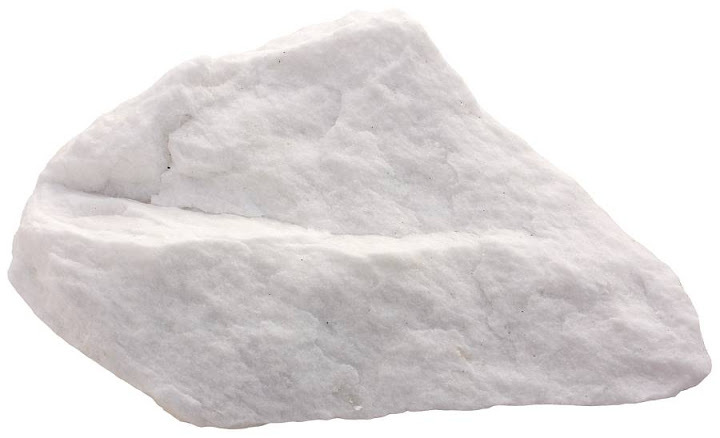Pyrobolos
With the battle thus executed, the enemy routed towards the location of their hillfort. Julianos wheeled his forces in pursuit and surrounded the fortification. When the terms of surrender were rejected, the General unleashed the Serpent's Breath on the fort and from then no quarter was possible.
Overview
The tongues of flame known throughout the lands of Eudokonia as the Serpent's Breath have made the pyrobolos the most recognizable weapon on the continent. Spraying forth a viscous liquid that is notoriously hard to remove and continues to burn, even when wholly submerged in water, the weapon has become a symbol of the both the empire's authority and oppression. The various stages of construction of a pyrobolos and the solution that makes the Serpent's Breath possible had been a tightly-guarded state secret of Lapara until 431 AFE, when a group of rogue engineers leaked the process to Ardhéan rebels, who then sold the formulae to various groups.Construction
Central to the construction of a pylobolos is the reservoir which holds the volatile mixture of Colophôn resin, Black Sand, and Elaio oil. Pressurized with a bellows system on one end, a leather hose leads out of the other and into the barrel of the pylobolos, with the flow from the reservoir controlled by a valve and firing mechanism. The barrel of the pylobolos is typically constructed of steel to minimize damage from prolonged exposure to the internal flames, and is wrapped in leather thongs to afford its operator a degree of protection from the heat. A hatch is built in the back end of the barrel to allow the operator to place the Barouti powder, and a secondary hatch cover is placed over the hatch prior to firing to prevent mishaps.
To enter a trade dispute with Lapara is to sail your ships on a sea of fire.
History
Although designed and manufactured by the Imperial College of Engineers three years prior, the first recorded reference to use of pyroboloi is by Petros Julianos in his reports of his military expedition in Khanakia, written in 27 BFE, where they proved peerless as siege weapons against the wooden fortresses favored on the Northern Shores. By 64 AFE, a larger version of the weapon was installed on the prows of most imperial galleys, and permanent pyroboloi were installed along the Southern Strait 113 AFE. Fiercely guarded as a state secret, the pylobolos was a tool manufactured solely by the College until the year 431 AFE when a group of Ardhéan engineers, sympathetic to the cause of Ardhéan independence, provided the plans to various separatist factions. As a result, the pylobolos is a weapon that can be seen throughout the continent. It famously served as the centerpiece of the Imperial defense during The Siege of Lapara in 602 AFE.Barouti
The pyrobolos, like most works of Imperial Engineers, makes use of the inherent magical properties of the Barouti Stone. While the stone lacks a magical nature of its own, it acts as an amplifier of other materials' nature and catalyzing reactions between differing natures. A white stone similar in appearance to dolomite, Barouti is typically found in hilly regions, with Lapara's primary sources being quarries found in the provinces of Vitala and Dhouskon.







That looks like something I don't want to be in front of! I can certainly see how it could be used by the Empire to win the wars and control the population. You say that its construction was a secret until 431 AFE. Does this mean that currently it is widely known? If so, what measures has the empire taken to prevent other people from building some pyroboloi, and even improving them, to resist it? I don't really have any criticisms. Formatting is great (although having the sidebar being longer than the main body is a little bit "ugly", and quotes are always fun to read. Is the Black Sand image a placeholder? It does not exactly look like a black stone to me :P Good job, see you around! :D